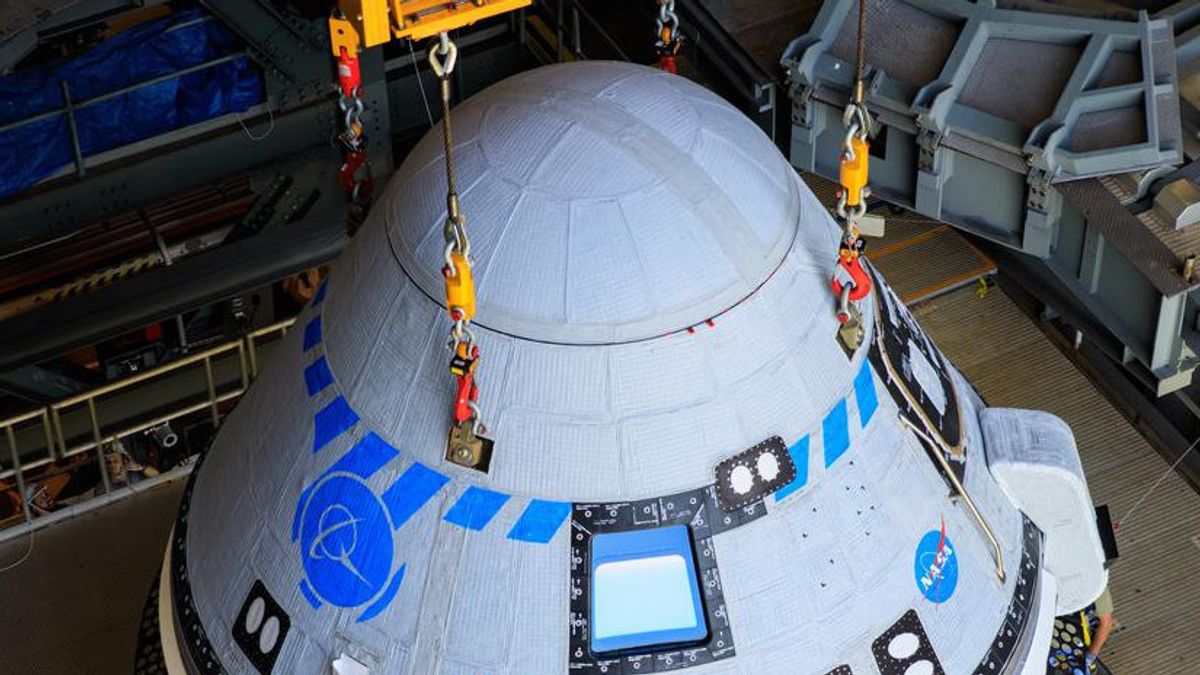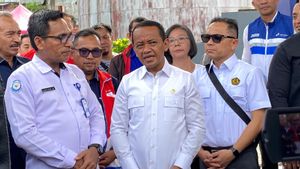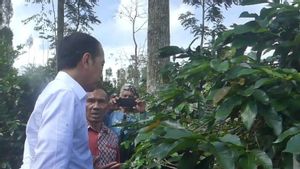JAKARTA – US airline Boeing Co. is at odds with Aerojet Rocketdyne, the main supplier for its Starliner spacecraft. This comes as the US aerospace giant races to test launch unmanned astronaut capsules and improve its reputation in the space sector.
The CST-100 Starliner is scheduled to launch in Florida on May 19, aboard an Atlas 5 rocket to the International Space Station. Boeing was eager to show NASA that their spacecraft was safe to transport astronauts to and from orbiting outposts. A software failure occurred during an unmanned test flight in 2019, which made them lose face.
The mission is an important step towards rebuilding Boeing as a worthy rival to Elon Musk's aerospace company SpaceX. But the dispute with Aerojet as the supplier of the propulsion system makes it difficult for Boeing to realize its plans.
LIVE: Teams from NASA and @BoeingSpace give an update on OFT-2, the second test flight of Boeing's #Starliner spacecraft. Launch to the @Space_Station for the human-rated capsule is targeted for May 19: https://t.co/5UzSaMxHhv pic.twitter.com/GUVrQa3wTU
— NASA (@NASA) May 11, 2022
Chicago-based Boeing and El Segundo, California-based Aerojet are at loggerheads over the cause of a problem involving a fuel valve in the Starliner's propulsion system that forced the postponement of a flight test last July. Now both companies are blaming each other.
The disagreement, which has never been reported before, comes at a time when Boeing is already struggling to emerge from successive crises that have crippled its jetliner business and drained their cash.
The dispute with Aerojet is the latest illustration of Boeing's struggle with Starliner, a program that has cost the company $595 million (Rp 9.1 trillion) since 2019. Faced with a fixed-price NASA contract that leaves Boeing with little wiggle room financially, the company has advanced with the Starliner test.
Boeing in a statement provided by a spokesman to Reuters acknowledged for the first time that it ultimately intends to redesign the Starliner valve system to prevent a repeat of the problem that forced a flight test delay last year. "We are working on short-term and long-term design changes to the valve," a Boeing spokesman told Reuters.
Thirteen fuel valves that are part of the propulsion system that helps steer the Starliner in space were found stuck and unresponsive in the closed position, prompting the postponement of trials last year.
Various technical setbacks have pushed the Starliner's first flight with the people on board into an unknown future, leaving them far behind Musk's SpaceX. Though the Crew Dragon capsule from SpaceX, was also developed under the same NASA program as Starliner. Now Crew Dragon, has flown a crew of five astronauts for the US space agency.
NASA hopes Boeing can provide an additional option for bringing astronauts to the space station. NASA in March gave SpaceX three more missions to make up for Boeing's delay.
A team of Boeing and NASA engineers agreed that the cause of the stuck valve involved a chemical reaction between the propellant, the aluminum material and the intrusion of moisture from the humid Florida Starliner launch site.
Aerojet's engineers and lawyers see it differently. According to two sources, Aerojet blamed a cleaning chemical Boeing used in ground trials. However, Aerojet representatives declined to comment.
"Tests to determine the root cause of the valve problem have been completed," Boeing said in a statement, and the work did not find the problem as described by Aerojet.
NASA agrees with that view, according to Steve Stich, who oversees Boeing and SpaceX's crew program for the space agency.
Boeing also said Aerojet did not meet contractual requirements to make the propulsion system tough enough to withstand problems caused by chemical reactions.
Boeing last week pushed the Starliner back onto the launch pad for a third time ahead of its upcoming launch, after replacing the propulsion system with a new one with a temporary fix that prevented moisture from seeping into the valve parts.
Boeing and NASA say they didn't recreate a valve that had stuck completely during the nine months of testing, but rather measured the extent to which the valve struggled to open. This approach was used to quickly return the Starliner to the launch pad.
NASA, Boeing, Aerojet and independent safety advisers will meet this week to reach a final determination on the cause of the valve problem and decide whether a temporary fix will work.
Boeing officials privately viewed Aerojet's explanation for the faulty valve as an attempt to shift responsibility for costly delays to the Starliner and to avoid paying for a redesigned valve system.
After testing and software issues led to the Starliner's failure in 2019 to dock on the space station, NASA officials admitted they trusted Boeing too much when they decided to devote more engineering oversight to the newer SpaceX than the space giant.
The feud with Aerojet is not Boeing's first Starliner subcontractor spat. In 2017, Starliner had an accident during a ground test that forced the president of a different subcontractor to medically amputate his leg. The subcontractor sued, and Boeing later settled the case.
The English, Chinese, Japanese, Arabic, and French versions are automatically generated by the AI. So there may still be inaccuracies in translating, please always see Indonesian as our main language. (system supported by DigitalSiber.id)













